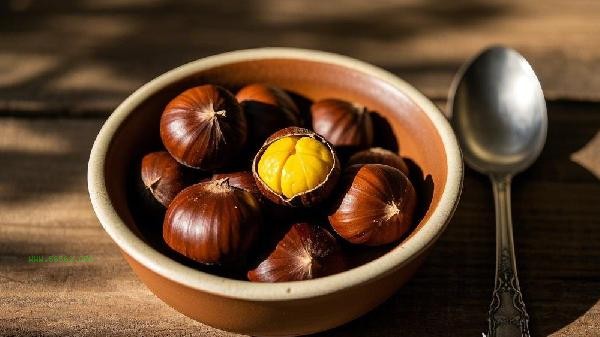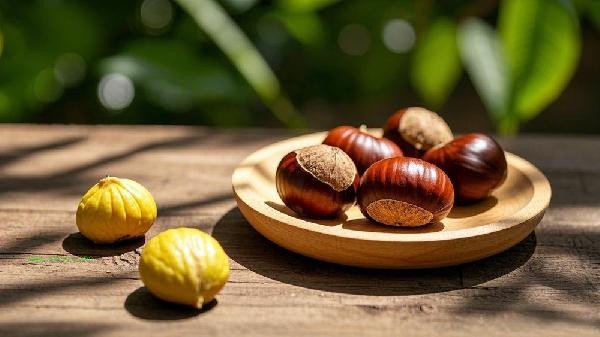Dried chestnuts can be ground into powder and are suitable for making pastries or brewing for consumption. The main methods for grinding dried chestnuts include steaming and boiling, direct dry grinding, sieving treatment, low-temperature baking and grinding, and adding auxiliary materials.

1. Grinding after Steaming
Soak the dried chestnuts and steam them until soft and tender, peel off the outer shell and inner lining, air dry the water, and then put them into a grinder or stone mill for grinding. After steaming, chestnuts have a soft texture and are easier to grind into fine powder, making them suitable for making chestnut paste or pastry ingredients. During the cooking process, some starch will gelatinize, and the powder will dissolve more easily after grinding.
2. Direct Dry Grinding
Place completely dried chestnuts directly into a blender or grinder to grind them into powder. This method is easy to operate, but requires equipment with sufficient power to finely grind the hard chestnuts. Direct dry grinding can retain more nutrients, but the powder particles may be coarser and require subsequent sieving treatment.
3. After sieving [SEP], the ground chestnut powder is filtered through a fine mesh screen to separate the fine parts, and the coarse particles can be ground again. Screening can ensure that the powder is uniform and delicate, improving the quality of consumption. It is recommended to choose a mesh size of 80-100 mesh, which can ensure delicacy without excessive loss of nutrients.
4. Grinding after Low Temperature Baking

Dry chestnuts can be baked at low temperatures and then ground to enhance aroma and reduce moisture content. The baking temperature should be controlled at 60-80 degrees Celsius for about 40-60 minutes to avoid high temperatures damaging nutrients. Baked chestnuts are more crispy and hard, with higher grinding efficiency, and the resulting powder has a unique roasted flavor.
5. Adding auxiliary materials
When grinding, a small amount of glutinous rice flour or corn starch can be added at a ratio of 10:1, which can improve the fluidity and prevent caking. Auxiliary materials should be mixed in the later stage of grinding to avoid affecting the grinding effect of chestnuts themselves. This method is particularly suitable for chestnut powder that requires long-term preservation. Chestnut powder is rich in carbohydrates, dietary fiber, and various minerals, and can replace some flour to make noodles or brew into drinks. When making, pay attention to selecting high-quality dried chestnuts that are free from mold and germination, grind them, seal and store them in a cool and dry environment. Chestnut powder can be mixed with milk and soybean milk to make nutritious drinks, or mixed with flour to make Mantou, biscuits and other foods. However, it should be noted that chestnut powder does not contain gluten and is not easy to form when used alone. People with weak digestive function should control their food intake and avoid excessive intake that may cause gastrointestinal discomfort.









Comments (0)
Leave a Comment
No comments yet
Be the first to share your thoughts!